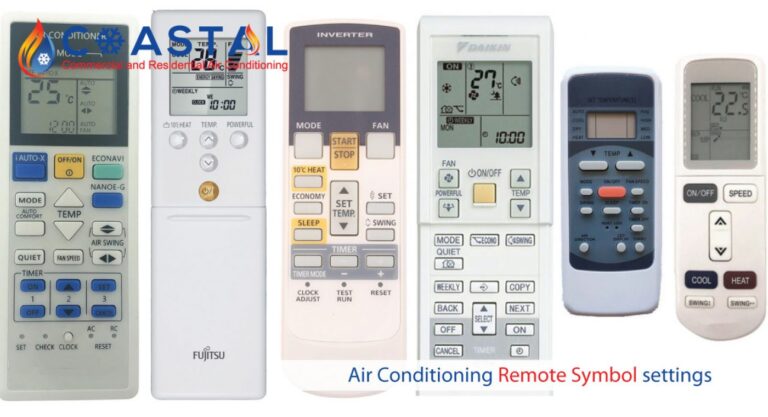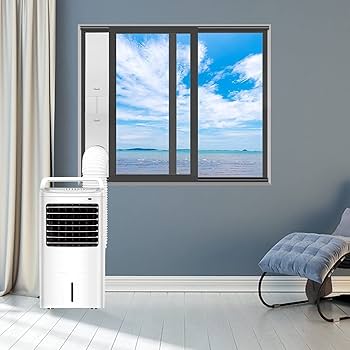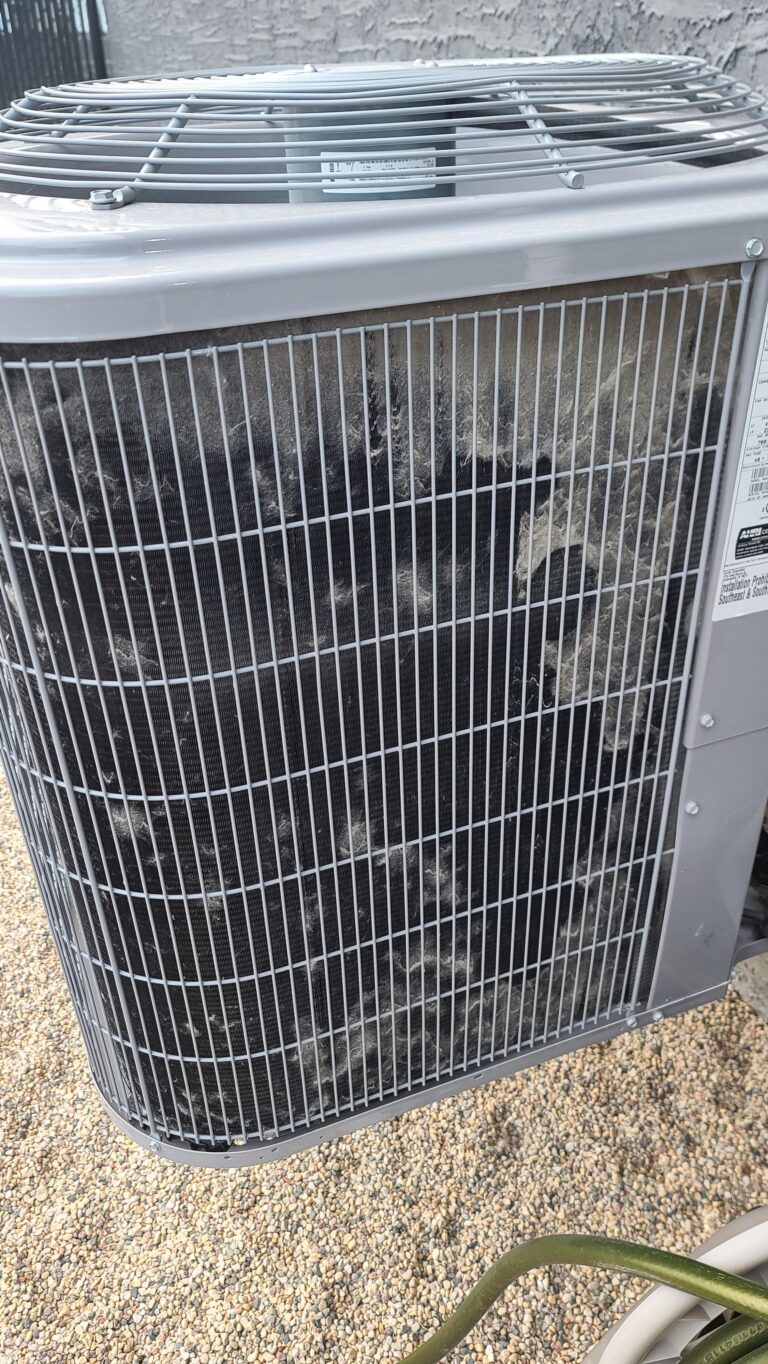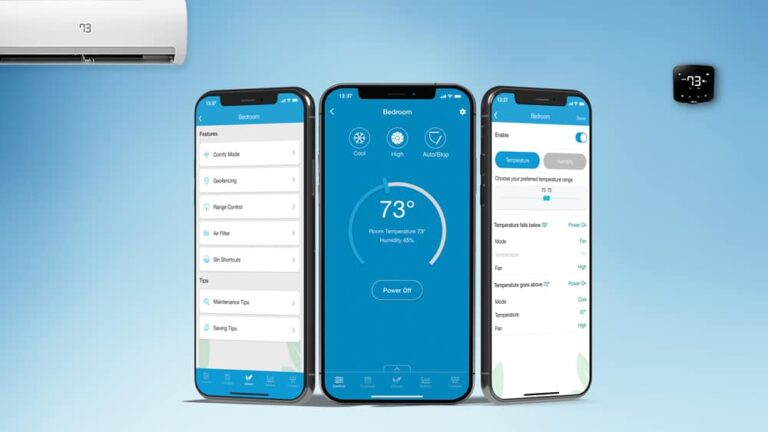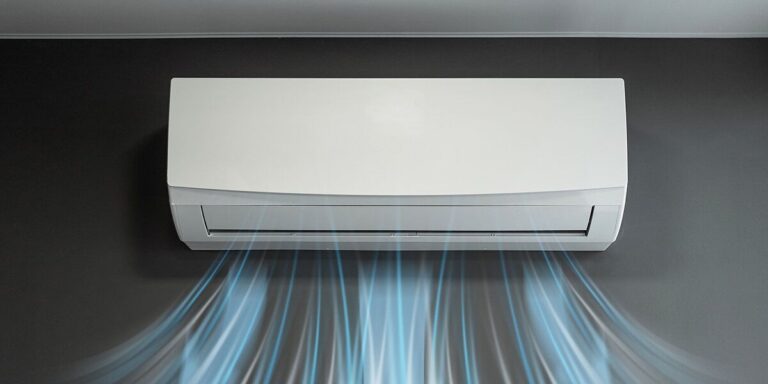What Is A Good EER Rating For An Air Conditioner: Ultimate Guide
A good EER rating for an air conditioner is 12 or higher. This indicates high energy efficiency and cost savings.
Energy Efficiency Ratio (EER) measures an air conditioner’s cooling efficiency. Higher EER ratings signify better performance and reduced energy consumption. Choosing an air conditioner with a high EER rating can lead to significant savings on electricity bills. It also contributes to a reduced carbon footprint, making it an environmentally friendly choice.
Consumers should look for units with an EER rating of at least 12, ensuring optimal cooling without excessive energy use. Understanding EER ratings helps buyers make informed decisions and invest in appliances that offer long-term benefits. Prioritize energy-efficient models for better performance and lower operational costs.
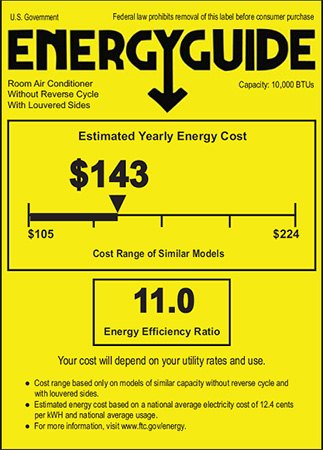
Credit: www.adams-air.com
Introduction To Eer Rating
Choosing an air conditioner can be tricky. One key factor is the EER rating. Understanding EER helps in selecting an efficient air conditioner. This guide explains what EER stands for and its importance.
What Eer Stands For
EER stands for Energy Efficiency Ratio. It measures the efficiency of an air conditioner. The EER rating shows how much cooling an AC provides per watt of electricity. A higher EER means more efficiency.
Importance Of Eer In Air Conditioners
The EER rating is crucial for several reasons:
- Energy Savings: Higher EER means lower electricity bills.
- Environmental Impact: Efficient ACs reduce carbon footprint.
- Cost-Effectiveness: Save money in the long run with efficient units.
Use the table below to understand what EER numbers mean:
| EER Rating | Efficiency Level |
|---|---|
| 8 – 10 | Low |
| 10 – 12 | Moderate |
| 12 and above | High |
Choosing an AC with a high EER rating is wise. It ensures better performance and lower costs.
How Eer Is Calculated
Understanding how the Energy Efficiency Ratio (EER) is calculated helps you choose the right air conditioner. EER measures an air conditioner’s efficiency. A higher EER means better energy efficiency and lower electricity bills.
Formula For Eer
The EER is calculated using a simple formula:
EER = Cooling Capacity (BTU) / Power Input (Watts)The cooling capacity is measured in British Thermal Units (BTU). The power input is in watts. Divide the cooling capacity by the power input to get the EER.
Factors Affecting Eer
Several factors can affect an air conditioner’s EER:
- Climate: Hotter climates may require higher EER ratings.
- Unit Size: Larger units may have different EER values.
- Installation Quality: Proper installation ensures optimal performance.
- Usage Patterns: Frequent use impacts the EER efficiency.
- Maintenance: Regular maintenance keeps the EER high.
Consider these factors when choosing an air conditioner. A good EER rating ensures energy efficiency and cost savings.
Ideal Eer Ratings
Understanding the Energy Efficiency Ratio (EER) is key to choosing the right air conditioner. The EER rating measures how efficiently an air conditioner operates. The higher the EER, the more efficient the unit. This means lower energy bills and a smaller carbon footprint. Let’s explore what makes an EER rating ideal.
Minimum Eer Standards
The minimum EER standards for air conditioners vary by region. Most regions require a minimum EER of 8.0. This ensures basic energy efficiency. Units below this rating are less efficient and cost more to run.
Energy Star air conditioners have higher standards. They must have a minimum EER of 12.0. This ensures top performance and energy savings. Choosing an Energy Star unit can save you money in the long run.
High Eer Ratings
High EER ratings offer better energy efficiency. Units with an EER of 12.0 or above are highly efficient. They use less energy and reduce your utility bills. These units are ideal for those who prioritize energy savings.
Units with an EER of 14.0 or higher are considered premium. They offer the best in energy efficiency and performance. Investing in a unit with a high EER can lead to significant savings.
| EER Rating | Efficiency Level |
|---|---|
| 8.0 – 11.9 | Standard Efficiency |
| 12.0 – 13.9 | High Efficiency |
| 14.0 and above | Premium Efficiency |
Choosing an air conditioner with a high EER ensures better energy use. It also provides a more eco-friendly solution. Keep these ratings in mind when selecting your next unit.
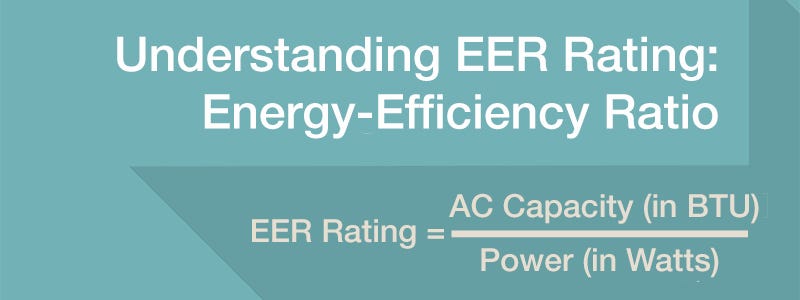
Credit: medium.com
Benefits Of High Eer
Understanding the benefits of a high EER for an air conditioner can help you make an informed decision. A high Energy Efficiency Ratio (EER) means the unit uses less energy to cool your home. Let’s explore the advantages in detail.
Energy Efficiency
A high EER rating means your air conditioner is more energy-efficient. It uses less electricity to cool the same space. This efficiency reduces the strain on power grids. It also helps in conserving energy resources. An energy-efficient air conditioner is better for the environment.
Cost Savings
Using an air conditioner with a high EER can lead to significant cost savings. You will notice a lower electricity bill each month. Over time, these savings add up. You can save a substantial amount of money annually. Investing in a high EER air conditioner is a smart financial decision.
| Aspect | Benefit |
|---|---|
| Energy Usage | Less electricity consumption |
| Environmental Impact | Reduced carbon footprint |
| Monthly Costs | Lower electricity bills |
Comparing Eer With Seer
Understanding the energy efficiency of an air conditioner is crucial. Two common ratings are EER (Energy Efficiency Ratio) and SEER (Seasonal Energy Efficiency Ratio). Both ratings measure efficiency but in different ways. This section will help you understand their differences and uses.
Differences Between Eer And Seer
EER measures efficiency under specific conditions. It is calculated at a fixed temperature of 95°F. The formula is:
EER = Cooling capacity (BTU/hr) / Power input (Watts)SEER measures efficiency over a range of temperatures. It gives a seasonal average efficiency. The formula is:
SEER = Total cooling (BTU) / Total energy consumed (Watt-hours)Key Differences:
- EER is static; SEER is dynamic.
- EER is good for constant climates; SEER suits varied climates.
When To Use Eer Vs Seer
Use EER for areas with consistent high temperatures. It shows efficiency during peak use. Use SEER for regions with fluctuating temperatures. It provides a seasonal efficiency snapshot.
Example:
| Climate | Recommended Rating |
|---|---|
| Hot and Dry | EER |
| Temperate and Variable | SEER |
Choosing the right rating ensures optimal energy use and savings.

Credit: www.adams-air.com
Choosing The Right Eer
Choosing the right Energy Efficiency Ratio (EER) is crucial. The EER determines how efficiently an air conditioner operates. An efficient air conditioner saves money and energy. But what EER should you pick? Let’s look at some factors.
Climate Considerations
Your local climate affects your EER choice. In hot climates, you need a higher EER. A higher EER means better cooling performance. In cooler areas, a lower EER might be sufficient. Consult the table below for guidance:
| Climate Type | Recommended EER |
|---|---|
| Hot | 10+ EER |
| Moderate | 8-10 EER |
| Cool | 6-8 EER |
Budget Constraints
Your budget plays a significant role in your decision. High-EER units are often more expensive. But they save more on energy bills. Consider your initial budget and long-term savings.
- High Budget: Opt for a unit with an EER of 10 or higher.
- Moderate Budget: Choose a unit with an EER between 8 and 10.
- Low Budget: A unit with an EER between 6 and 8 may suffice.
Balancing your climate needs and budget helps find the perfect EER. Remember, a higher EER means more savings over time.
Top Eer Rated Air Conditioners
Choosing an air conditioner with a good EER rating is crucial for energy efficiency. EER, or Energy Efficiency Ratio, measures the cooling output divided by the energy input. Higher EER ratings mean better efficiency and lower energy bills. Here, we explore the top EER-rated air conditioners available today.
Best Brands
Several brands stand out for their high EER rated air conditioners. These brands ensure quality, durability, and energy efficiency. Below are some of the best brands known for their high EER ratings:
- LG: Known for innovation and reliable performance.
- Samsung: Offers advanced technology and energy efficiency.
- Daikin: Renowned for superior energy-efficient models.
- Carrier: A leader in the HVAC industry with high EER ratings.
- Panasonic: Combines efficiency with durability and sleek design.
Top Models
Within these top brands, certain models stand out for their exceptional EER ratings. Here are some of the best models available:
| Brand | Model | EER Rating | Key Features |
|---|---|---|---|
| LG | Dual Inverter | 14.7 | Wi-Fi enabled, low noise, energy-efficient |
| Samsung | Wind-Free | 13.5 | AI control, fast cooling, energy-saving mode |
| Daikin | FTKM Series | 12.9 | Eco-friendly refrigerant, quiet operation, smart control |
| Carrier | Infinity Series | 13.0 | Humidity control, advanced filtration, energy-efficient |
| Panasonic | Inverter Deluxe | 12.5 | Long air throw, low energy consumption, durable |
Choosing an air conditioner with a high EER rating ensures you save on energy costs. It also contributes to a more sustainable environment. Consider these top brands and models for your next purchase.
Frequently Asked Questions
What Is A Good Eer Rating For An Ac Unit?
A good EER rating for an AC unit is 12 or higher. Higher EER ratings indicate better energy efficiency.
Is A Lower Eer Better?
No, a lower EER is not better. Higher EER indicates better energy efficiency, saving more on electricity bills.
Is 9.8 Eer Good?
Yes, a 9. 8 EER is considered good. It indicates efficient energy usage for air conditioners.
Conclusion
Selecting an air conditioner with a good EER rating ensures efficiency and cost savings. Aim for an EER of 12 or higher. This choice benefits both your wallet and the environment. Always compare different models to find the best fit.
Prioritize energy efficiency for long-term comfort and savings.


